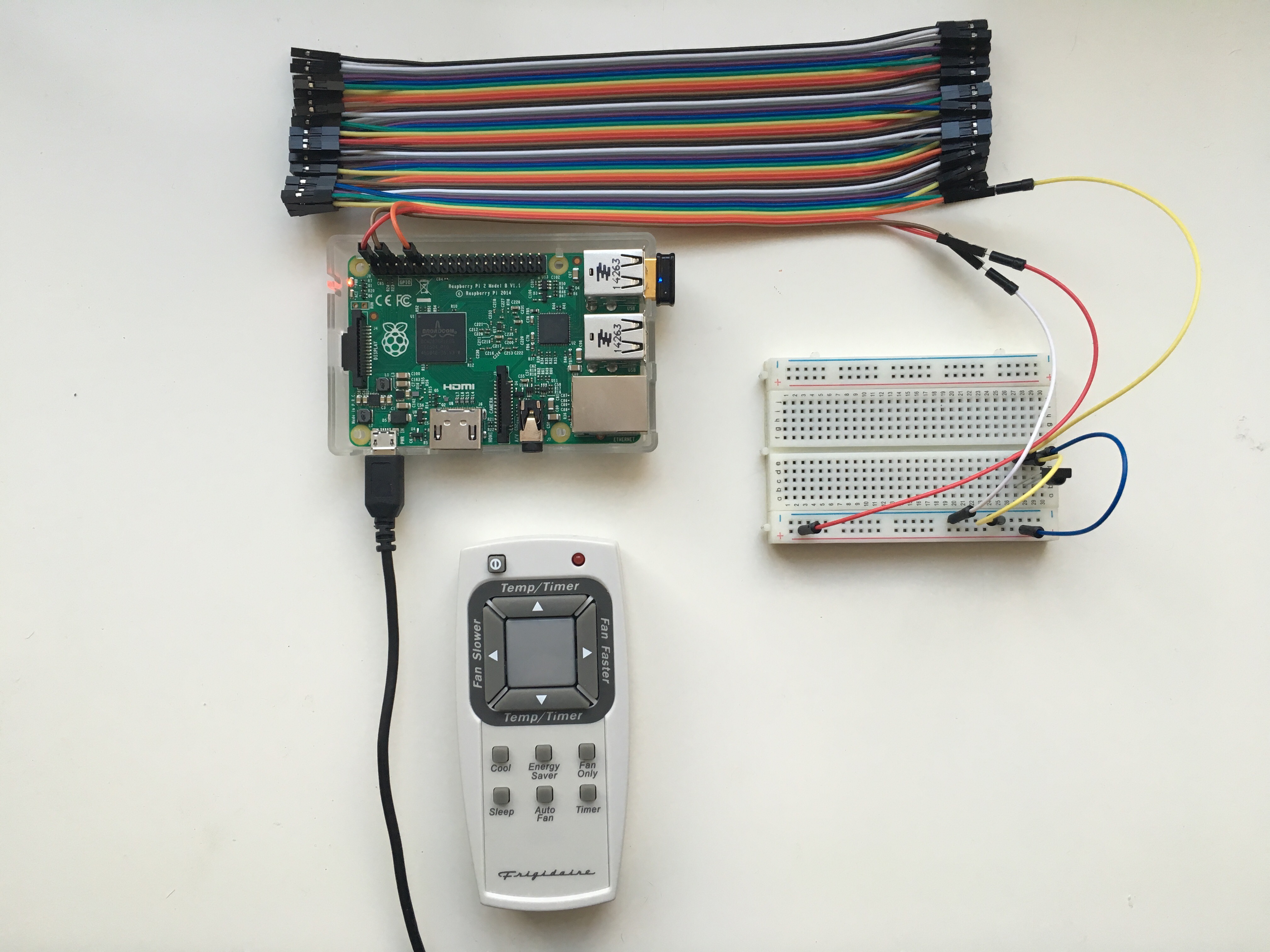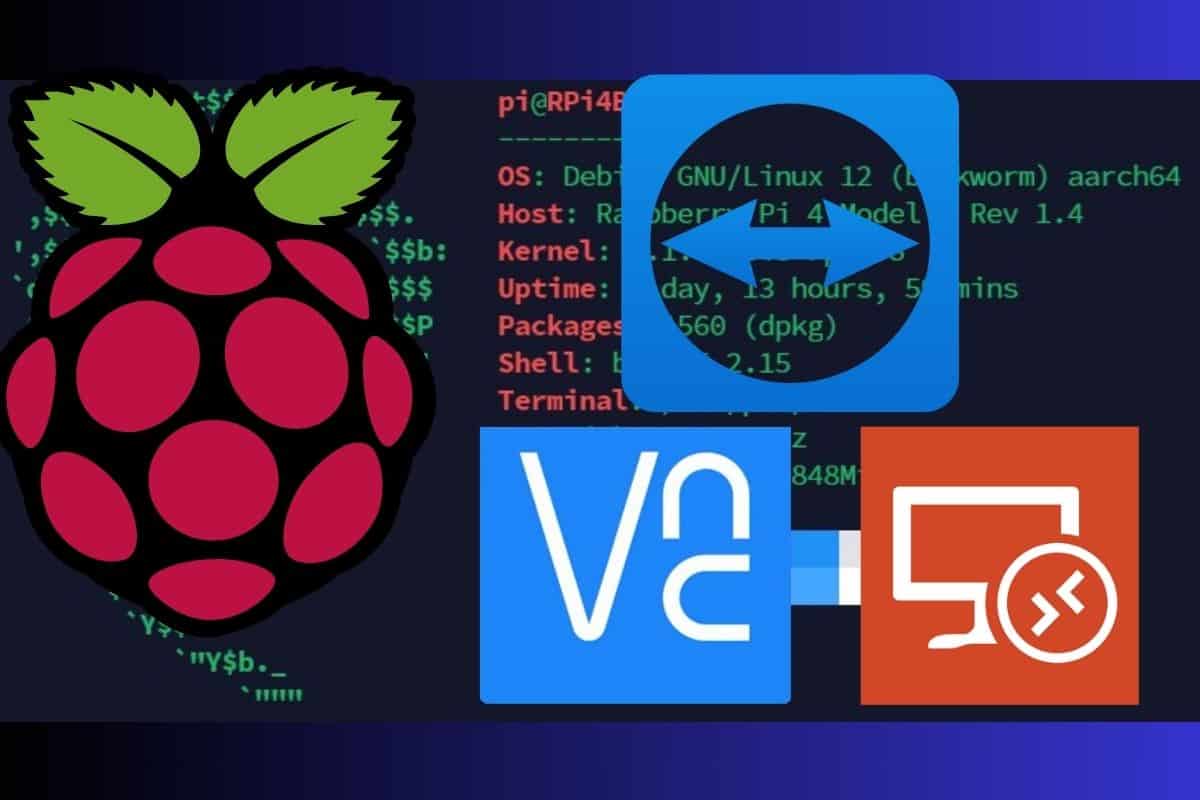Access Your Raspberry Pi Remotely: Free & Easy Internet Control
Have you ever wanted to access a Raspberry Pi computer remotely over the internet, free of plugging in keyboards, mice, and monitors? The tiny, versatile Raspberry Pi is an incredible tool for countless projects, from home automation to media servers and development environments. However, its true potential often remains untapped when you're limited to local network access. Imagine being able to check on your smart home system, deploy code to your server, or simply troubleshoot an issue from anywhere in the world, without needing to be physically present. This guide will walk you through several easy and free ways to achieve just that, transforming your Raspberry Pi into a truly limitless remote workstation.
To remotely control your Raspberry Pi from any device connected to the internet, you can leverage a variety of solutions. Traditionally, accessing a Raspberry Pi (or any home computer for that matter) from outside your home network would usually require jumping through a lot of hoops, getting an IP address, and tweaking a few settings. But thankfully, modern tools and techniques have simplified this process significantly. In this comprehensive guide, I'll walk you through everything you need to know to set up remote access to your Raspberry Pi, explaining each step in detail and providing practical advice to get you started.
Table of Contents
- Why Remote Access Your Raspberry Pi?
- Understanding the Challenges of Remote Access
- Core Free Methods to Access Raspberry Pi Over the Internet
- Method 1: SSH - Your Command Line Gateway
- Method 2: VNC/XRDP - Graphical Desktop Anywhere
- Method 3: Leveraging Tunneling Services for Easy Access
- Method 4: VPN-like Solutions for Secure Networking (Tailscale)
- Method 5: Raspberry Pi Connect - The Official Path
- Best Practices for Secure Remote Access
- Conclusion
Why Remote Access Your Raspberry Pi?
The desire to access your Raspberry Pi over the internet stems from its incredible versatility. Once you've set up your Pi for a specific task, whether it's a home automation hub, a personal cloud server, a VPN server, or even a simple web server, you'll inevitably want to manage it without physically connecting a keyboard, mouse, and monitor. This is where remote access becomes indispensable. Imagine these scenarios: * **Monitoring Home Automation:** You're on vacation and want to check if your smart lights are off or adjust your thermostat. * **Managing a Personal Cloud:** You need to retrieve a file from your personal Nextcloud server hosted on your Pi while you're at a coffee shop. * **Remote Development:** You're a developer and want to push updates to a project running on your Pi from your laptop at work. * **Troubleshooting:** Your Pi-powered media center isn't responding, and you need to restart a service or check logs without getting up from the couch. * **Educational Purposes:** You're learning Linux commands or Python programming and want a dedicated, always-on environment to practice from any computer. Remote access transforms your Raspberry Pi from a local gadget into a powerful, accessible computing resource, breaking free from network limitations and truly offering limitless possibilities.Understanding the Challenges of Remote Access
Before diving into the solutions, it's crucial to understand why accessing a device behind your home router from the internet isn't always straightforward. This knowledge will help you appreciate the various methods available and choose the most suitable one for your needs.The Hurdles of Home Networks
Your home network is typically isolated from the vast public internet by your router. This isolation provides a layer of security, but it also creates challenges for remote access: * **NAT (Network Address Translation):** Your router uses NAT to allow multiple devices on your home network to share a single public IP address provided by your Internet Service Provider (ISP). When an external request comes in, the router doesn't know which internal device it's intended for. * **Dynamic IP Addresses:** Most home ISPs assign dynamic IP addresses, meaning your public IP address can change periodically. If you try to connect to your Pi using an old IP, it won't work. * **Firewalls:** Both your router and your Raspberry Pi's operating system (Raspberry Pi OS) have built-in firewalls that block unsolicited incoming connections for security reasons. These hurdles mean you can't simply type your home IP address into a browser or SSH client and expect to connect to your Pi. You need a mechanism to bypass or intelligently manage these network complexities.Security: A Paramount Concern
Exposing any device on your home network to the open internet carries significant security risks. If not done carefully, you could inadvertently open your entire network to malicious actors. When you access your Raspberry Pi over the internet, security should always be your top priority. This includes: * **Strong Passwords:** Never use default passwords. Use long, complex, and unique passwords for your Pi and any remote access services. * **SSH Key Authentication:** For SSH, prefer key-based authentication over password-based. * **Regular Updates:** Keep your Raspberry Pi OS and all installed software updated to patch security vulnerabilities. * **Firewall Rules:** Configure your Pi's firewall (e.g., `ufw`) to allow only necessary incoming connections. * **Principle of Least Privilege:** Only enable the services you absolutely need for remote access. Throughout this guide, I'll emphasize secure practices to ensure your remote access is robust and protected.Core Free Methods to Access Raspberry Pi Over the Internet
There are three main ways to access your Raspberry Pi remotely over the internet, each with its own advantages and setup complexity. The simplest answer often involves leveraging specialized services.Direct Exposure (Port Forwarding + DDNS)
This traditional method involves configuring your home router to "forward" specific incoming internet traffic to your Raspberry Pi. Combined with Dynamic DNS (DDNS), which maps your dynamic IP address to a memorable hostname, this allows you to connect directly. * **Pros:** Full control, no reliance on third-party services for the connection itself. * **Cons:** Requires router configuration, can be complex for beginners, potentially less secure if not done right (exposes ports directly to the internet).Tunneling Services (Ngrok, Dataplicity, Pitunnel)
These services create a secure tunnel from your Raspberry Pi to their servers, allowing you to access your Pi through their infrastructure. They bypass the need for port forwarding. * **Pros:** Easy to set up, bypasses NAT and dynamic IP issues, often secure by default. * **Cons:** Relies on a third-party service (which might have free tier limitations), potential privacy concerns (though reputable services are generally trustworthy).VPN-like Solutions (Tailscale)
Solutions like Tailscale create a secure, peer-to-peer mesh network (a "Tailnet") that connects your devices directly, regardless of their physical location or network configuration. It's like having all your devices on the same secure local network, even if they are miles apart. * **Pros:** Highly secure, easy to set up, bypasses NAT and dynamic IP, excellent for connecting multiple devices. * **Cons:** Requires installing client software on all devices you want to connect.Official Tools (Raspberry Pi Connect)
Announced by the Raspberry Pi Foundation, Raspberry Pi Connect is a relatively new tool that gives you secure, remote GUI access to your Raspberry Pi directly through a web browser. It's designed to be simple and integrated with the Raspberry Pi OS. * **Pros:** Official support, browser-based access, designed for simplicity. * **Cons:** Requires the latest Raspberry Pi OS, still evolving. Now, let's dive into the specifics of setting up each method.Method 1: SSH - Your Command Line Gateway
SSH (Secure Shell) is the most common and fundamental method for remote access to a Raspberry Pi. It provides a secure way to communicate with your device over the internet, allowing you to execute commands, transfer files, and manage your Pi as if you were sitting right in front of it, all from your terminal. **Prerequisites:** * Raspberry Pi OS installed and updated. * SSH enabled on your Raspberry Pi. **Enabling SSH on your Raspberry Pi:** 1. **Via `raspi-config` (recommended):** * Open a terminal on your Pi (or connect a keyboard/monitor). * Type `sudo raspi-config` and press Enter. * Navigate to `Interface Options` -> `SSH` -> `Yes`. * Reboot your Pi: `sudo reboot`. 2. **Via `systemctl`:** * `sudo systemctl enable ssh` * `sudo systemctl start ssh` 3. **Via `touch` file (headless setup):** * If setting up headless, put an empty file named `ssh` (no extension) in the boot partition of your SD card. **Connecting to your Pi Locally (for testing):** Before attempting internet access, ensure SSH works on your local network. * Find your Pi's local IP address: `hostname -I` * From another computer on the same network: `ssh pi@


Detail Author:
- Name : Dr. Judd Cummerata
- Username : marks.eunice
- Email : fruecker@murazik.net
- Birthdate : 1971-06-08
- Address : 4895 Cathryn Prairie Apt. 879 West Trevionchester, VT 90898-0107
- Phone : (508) 644-8161
- Company : Durgan, Ferry and Cartwright
- Job : Construction Laborer
- Bio : Nam et saepe omnis harum non. Occaecati qui reiciendis et excepturi. Debitis quibusdam nostrum et dolorem corporis quod. Nihil omnis omnis dignissimos praesentium fuga optio ab.
Socials
instagram:
- url : https://instagram.com/ephraim_grady
- username : ephraim_grady
- bio : Vero dolorem ut et. Est asperiores quos sed qui voluptatum consequatur quaerat vitae.
- followers : 6293
- following : 602
linkedin:
- url : https://linkedin.com/in/egrady
- username : egrady
- bio : Illum nulla omnis libero eius expedita.
- followers : 6874
- following : 2520
facebook:
- url : https://facebook.com/ephraim_id
- username : ephraim_id
- bio : Perferendis aut est maiores.
- followers : 5077
- following : 1649
tiktok:
- url : https://tiktok.com/@gradye
- username : gradye
- bio : Dolores et et ipsa voluptas. Incidunt odit ut dolor dolores.
- followers : 4030
- following : 2566
twitter:
- url : https://twitter.com/ephraim_xx
- username : ephraim_xx
- bio : Aliquam et distinctio harum ea velit quibusdam. Blanditiis omnis harum enim voluptas unde ut consequatur sequi. Velit qui velit aut quae.
- followers : 6104
- following : 2619
